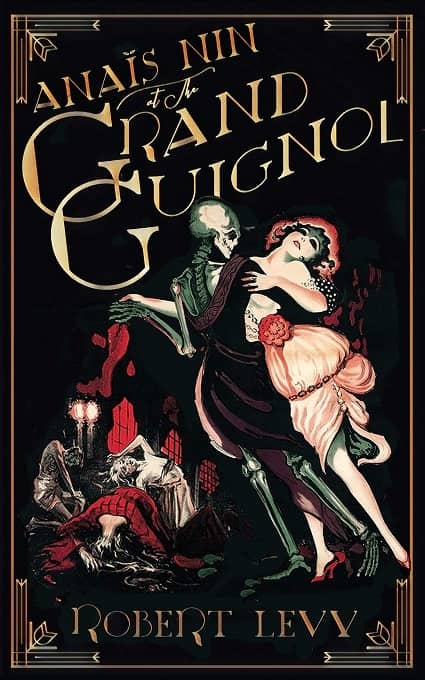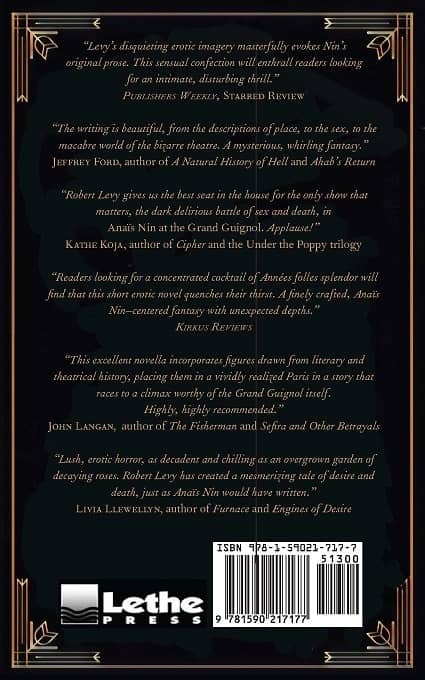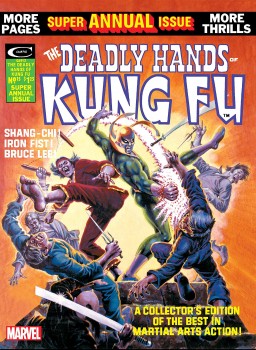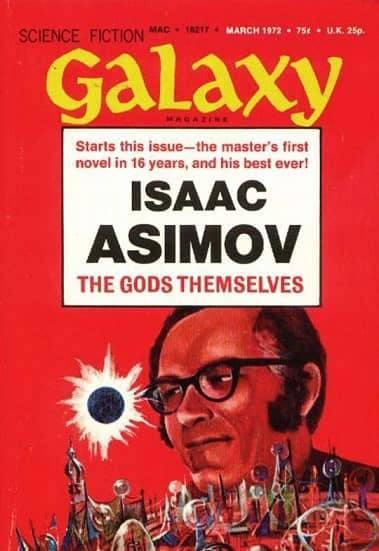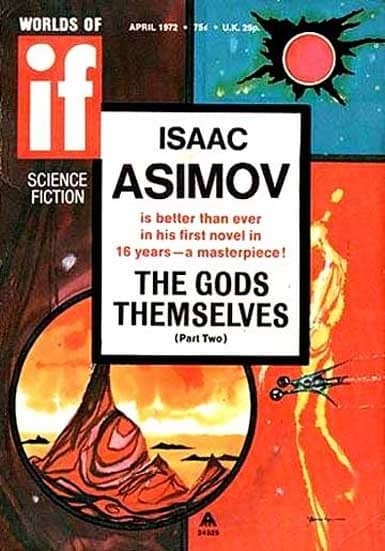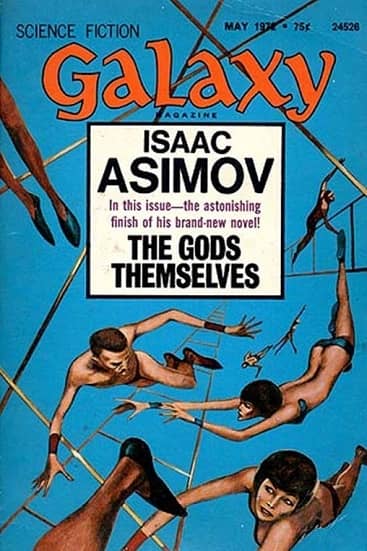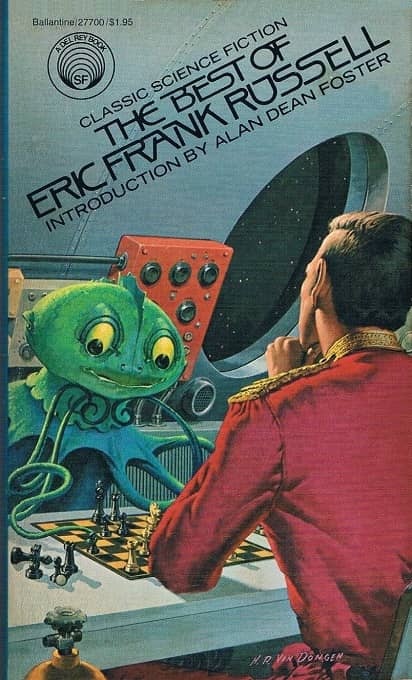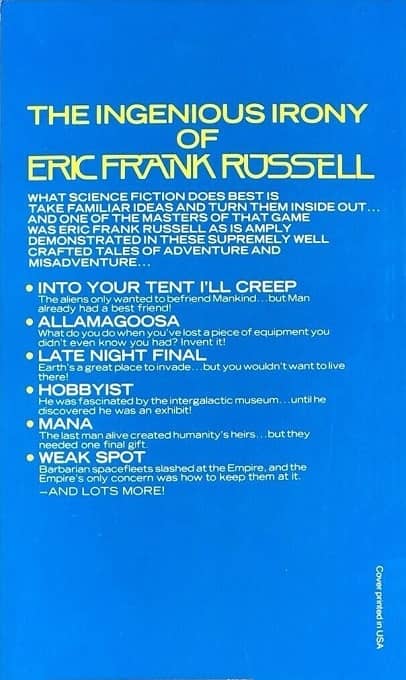Sorcery, Romance and Wine: The Vine Witch by Luanne G. Smith
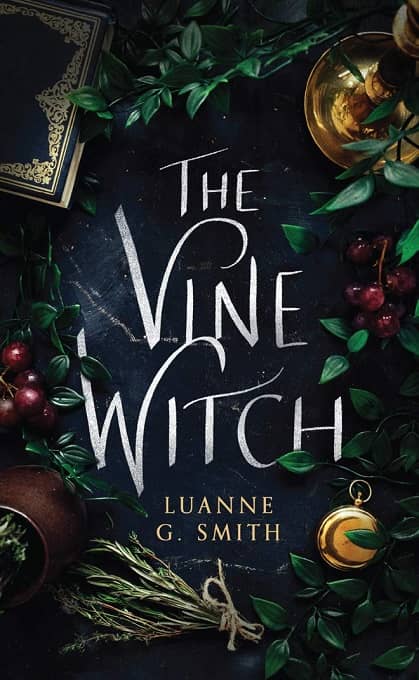 |
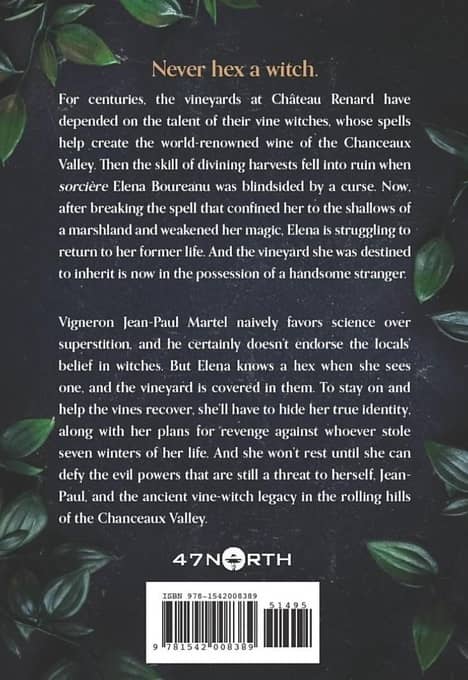 |
Cover designed by Micaela Alcaino
A fantasy set in turn-of-the-century French countryside full of sorcery, romance and wine? I couldn’t wait to dive in to this debut novel from Luanne G. Smith.
Elena Boureanu is a vine witch. Not familiar? Vine witches are responsible for curating the most delectable vintages of the Chanceaux Valley, in a fantasy version of rural France. Elena is responsible for Chateau Renard, well known for producing some of the best wine in the Valley. Elena, and the vine witches that have come before her, use their powers to harness the perfect weather, moon phase, and terroir. Paired with their creative tastes they hope to blend the perfect bottle.
Our story opens with Elena cursed, stuck in the body of a toad surviving off slugs, flies and having almost no memory of who she was, and much less who would inflict such a terrible sentence on her. After all, she was so engrossed in creating the world’s best wine, she rarely paid attention to anything but her work.
During the seven years Elena has been missing, Chateau Renard has been sold to Jean-Paul Martel, a city dweller with no knowledge of spells or witches. Instead, he is focused on science and has little use for the folklore and traditions of the Valley. To help with the daily operations of the Chateau, he allowed the previous proprietor, Ariella Gardin, to stay on. As much as she tries to influence him to be more open to the “old ways,” he dismisses her claims as nonsense.
Finally, Elena is able to break the curse return home to her beloved vineyard. She is greeted by Ariella (her Grand Mere), and discovers the truth about the sale of the only home she’s ever known. What’s more, she is able to see a terrible hex has been placed over the entire vineyard. With Jean-Paul’s aversion to magic, Elena must pretend to be someone she’s not, while trying desperately trying to fix things behind his back.



